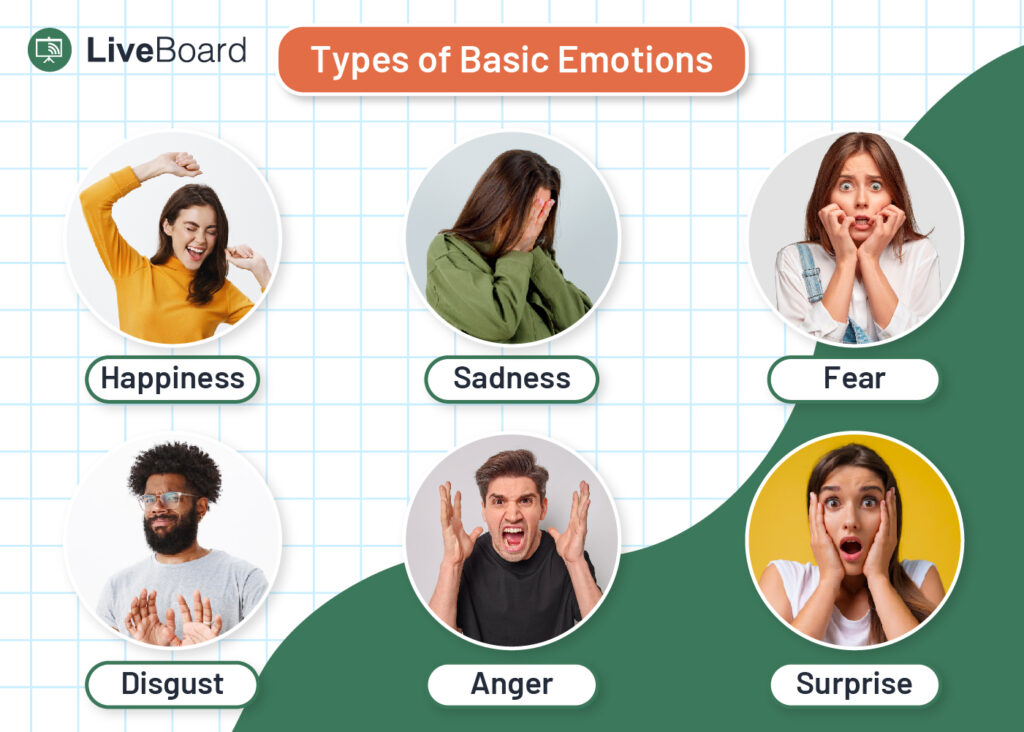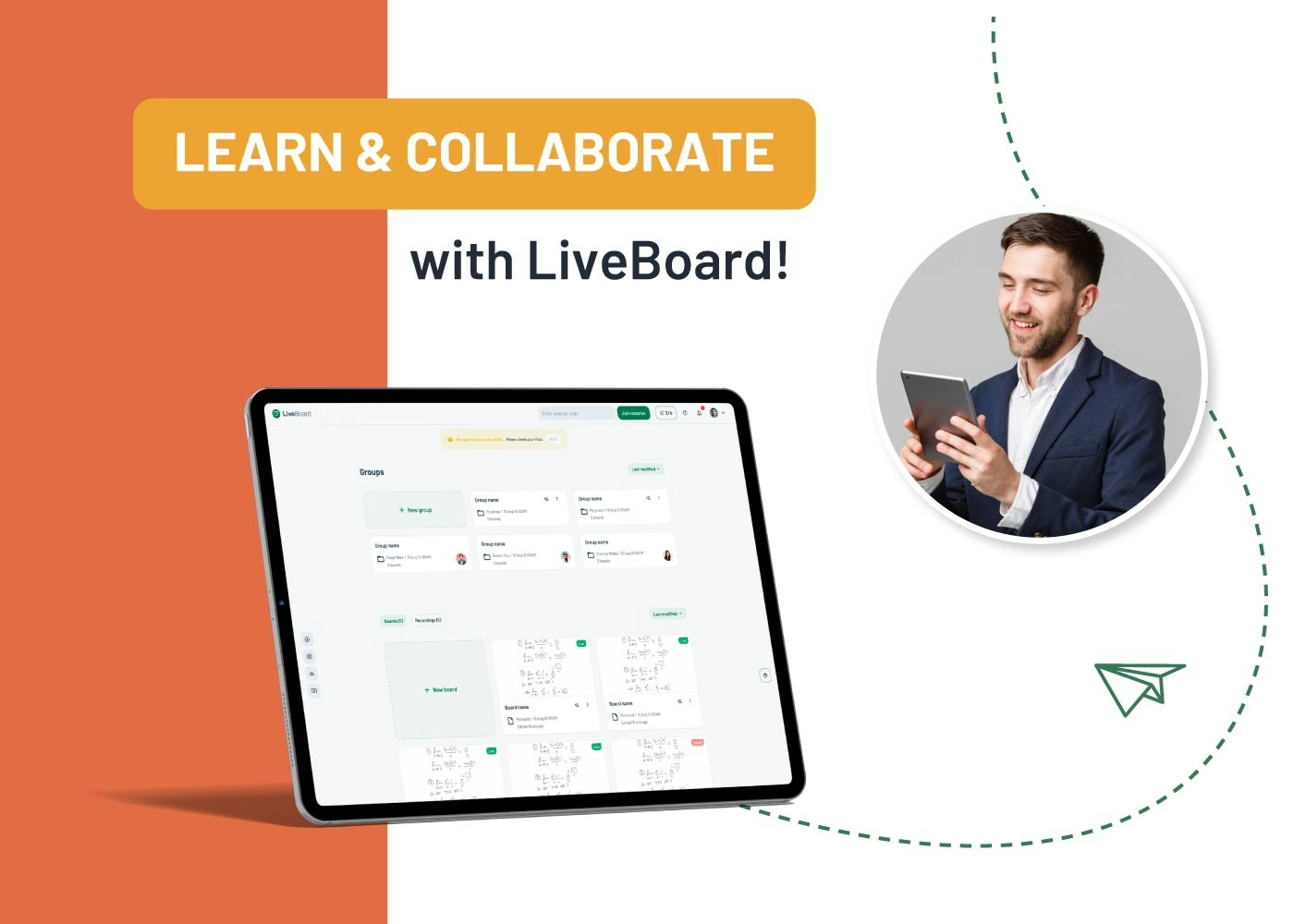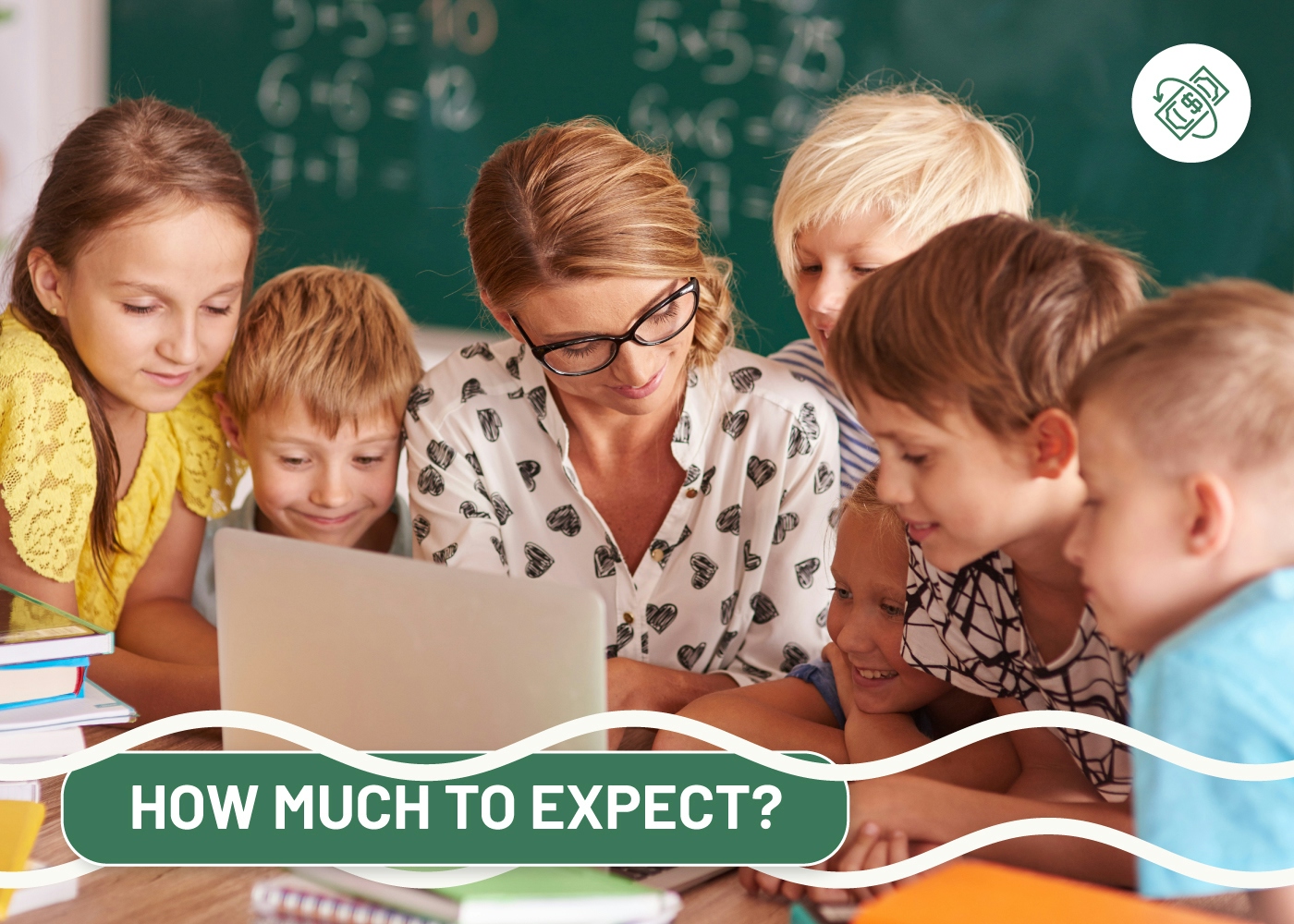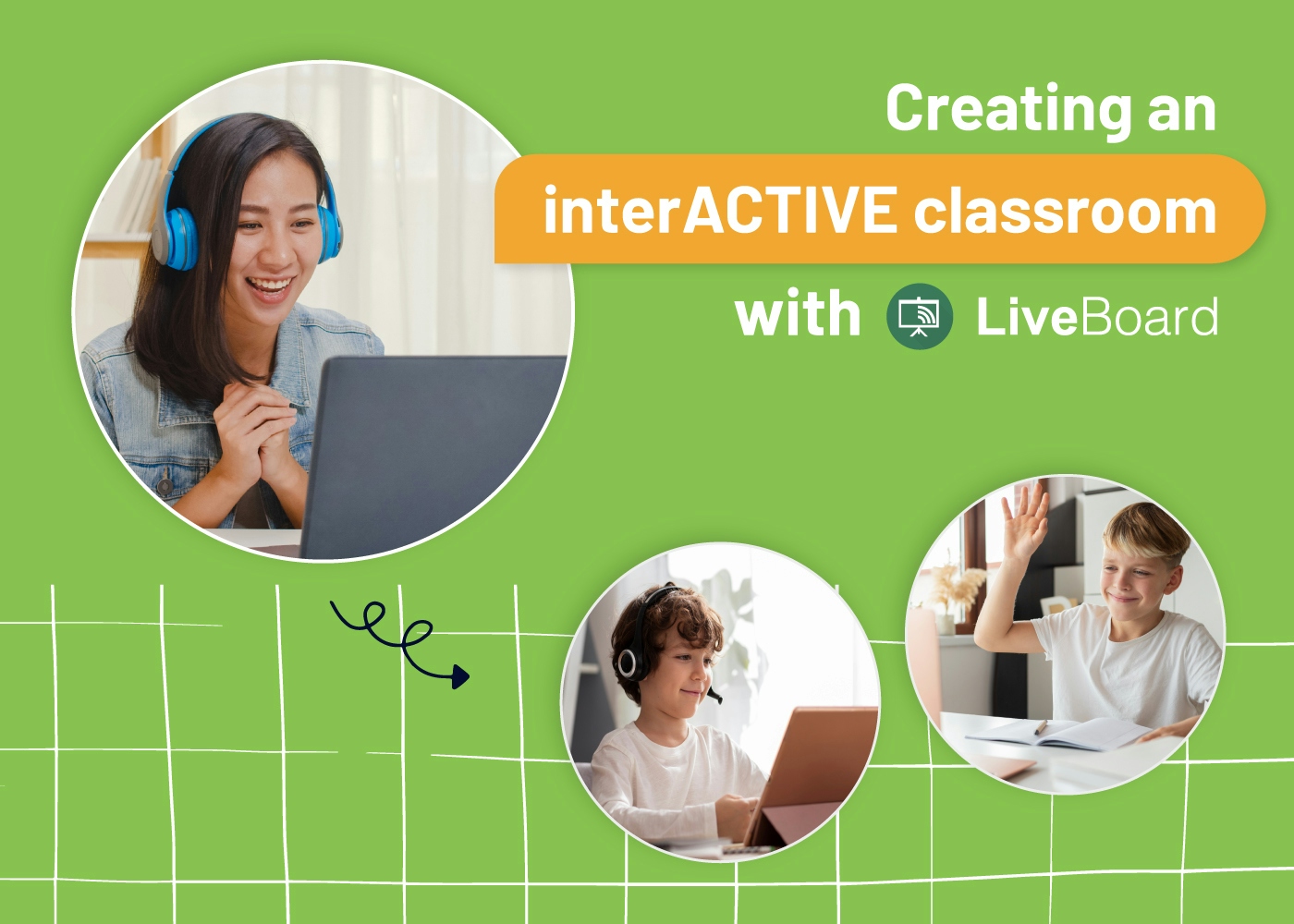Do you remember how it felt to be a student in school? It’s probably been a while, but if we take a trip down memory lane, chances are our emotional world was in constant turmoil. We probably felt excited one moment and frustrated the next. And that was just on Monday! The thing is, emotional ups and downs are normal. Students experience a range of emotions as they navigate their way through school. Sometimes, however, these emotions can get in the way of learning. That’s where social-emotional learning (SEL) comes in! So, how do teachers incorporate social-emotional learning in the classroom? Let’s find out!
What is Social-Emotional Learning?
Social-emotional learning (SEL) helps children acquire and effectively apply the knowledge, attitudes and skills necessary to understand and manage emotions, set and achieve positive goals, feel and show empathy for others, and establish and maintain positive relationships. In other words, SEL is about helping students develop a range of skills that will help them succeed academically and easily socialize with others.
According to CASEL (the Collaborative for Academic, Social, and Emotional Learning), students who receive SEL instruction show increased academic achievement, social competence, emotional regulation, and pro-social behavior.
SEL strategies aim to enhance five strategic skills:
- Self-awareness: accurately recognize one’s own emotions and how they affect others;
- Self-management: the ability to regulate one’s emotions and impulses;
- Social awareness: take the perspective of another person and understand how they might be feeling;
- Relationship skills: establish and maintain positive relationships with others;
- Decision-making: the ability to make responsible decisions.
Making time for SEL is important for better academic outcomes and developing pro-social skills that will last a lifetime.
CASEL SEL Framework
Before discussing ways to incorporate social-emotional learning in the classroom, let’s look at how the CASEL SEL framework can help cultivate skills in students. It’s a research-based approach to social-emotional learning that includes three main components:
- Awareness – The ability to accurately identify one’s emotions and understand how they affect thoughts and behaviors;
- Management – The ability to regulate emotions, set goals, and persist in the face of challenges;
- Social skills – The ability to establish and maintain positive relationships.
The CASEL framework is a great starting point for incorporating social-emotional learning in the classroom because it provides a clear structure for approaching SEL instruction.
Key framework settings include promoting social and emotional competencies that teach students to feel and show empathy for others and make responsible decisions while understanding and managing their own feelings.
10 Strategies For Incorporating Social-Emotional Learning in The Classroom
SEL Strategy #01: Model Empathy
One of the best ways to teach empathy is to model it yourself! You’re modeling empathy when you take the time to listen attentively to others and show that you understand how they’re feeling. Teachers can also point out how and when others are showing empathy. Here’s a YouTube video that highlights the importance of empathy. Share it with your students and start a discussion about how to show empathy in various situations.
SEL Strategy #02: Teach “I” Messages
An “I” message is a way of expressing how you feel without attacking the other person. It’s also a way to help students become responsible for their feelings and actions affecting others.
While teaching “I” messages, ask them to use the following formula “I feel ______ about _____, and I wish ______.” This will help your students express themselves positively and assertively. For example, the expression “I feel frustrated when I have to wait in line” underlines the feelings without blaming the person or situation causing those feelings.
SEL Strategy #03: Make Time for Art Sessions
When students have feelings they cannot express with words, art therapy is an excellent way to help them identify and process emotions. Here’s a quick discussion about the essence of Art Therapy by the American Art Therapy Association.
SEL Strategy #04: Brainstorm Solutions Together
When students experience powerful emotions, it can be challenging to see solutions to their problems. That’s why brainstorming solutions together will teach them how to handle emotions constructively.
Start every lesson by asking your students how they are feeling, what emotions they are experiencing and why. Once they identify the problem behind their feelings, offer several solutions and let them choose the one they think will work best for them.

SEL Strategy #05: Teach Mindfulness And Deep Breathing Exercises
Belly breathing is a great way to calm down and de-stress. When stressed, our breathing becomes shallow and fast, making us feel even more anxious.
Teaching your students how to take deep belly breaths will help them calm down and focus when feeling overwhelmed. Here’s a short video teaching children mindfulness and how to belly breathe.
SEL Strategy #06: Involve Students in Group Activities
Working in small groups helps children feel more comfortable expressing themselves and develop social skills such as cooperation, communication and conflict resolution.
When students feel comfortable with their peers, they’re more likely to take risks, which is essential for their personal and academic growth.
Pro Tip: Teachers can create engaging lessons with interactive whiteboards. For instance, LiveBoard has an infinite board where you can add an unlimited number of objects, images and videos, and draw directly on top of them. You can also add text boxes anywhere on the board. Students can join your board from anywhere and work on the lesson in real time! Assign them collaborative tasks and let them work on the infinite board simultaneously.

Note that digital whiteboards are not only for online teaching. Many schools are also using them in physical classrooms as well.
SEL Strategy #07: Encourage Positive Self-Talk
Teach your students how to talk to themselves positively. When they make a mistake, instead of saying “I’m so stupid,” they can say, “I can do better next time.” Positive self-talk will help them build confidence and resilience.
SEL Strategy #08: Use SEL Curriculums
While looking for ways to incorporate social-emotional learning in the classroom, consider using an SEL curriculum. The curricula are designed to teach topics like how to deal with strong emotions, resolve conflicts, make friends and be a good citizen.
SEL Strategy #09: Celebrate Diversity
Every child has unique talents, interests and abilities. When we celebrate diversity in the classroom, it helps children feel valued and appreciated. It also teaches them to respect and accept others. Sing songs, read books and do art projects showing that everyone has their unique characteristics.

SEL Strategy #10: Promote a Growth Mindset
The last strategy on the list involves promoting a growth mindset. Intelligence and talents are believed to develop through hard work and constant feedback. When children have a growth mindset, they realize their abilities and intelligence can be improved with effort.
Teach your students how to set goals and celebrate their accomplishments, no matter how small. Help them understand that mistakes are part of the learning process and encourage them to persevere when they face challenges.
It’s important to know how to incorporate social-emotional learning in the classroom because it helps students manage emotions, make friends, stay on task, and resolve conflicts. When students have these skills, they do better academically and socially. SEL also leads to better mental health and overall well-being. So how can you incorporate social-emotional learning in your classroom? Try some of the tips above and don’t hesitate to share your expertise with us at support@liveboard.online!


